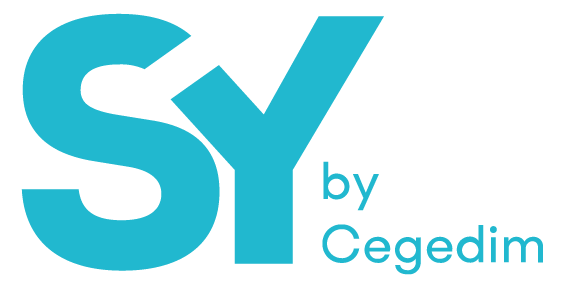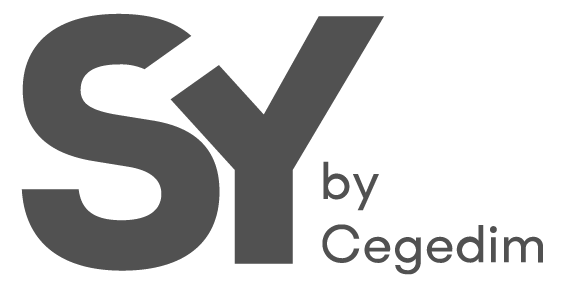A global standard for electronic data interchange, known as the United Nations/Electronic Data Interchange for Administration, Commerce, and Transport (UN/EDIFACT), was established by the UN in 1987. Subsequently, the UN Economic Commission for Europe (UNECE) adopted and published this standard.
Furthermore, the International Organisation for Standardisation adopted the UN/EDIFACT Syntax Rules as ISO 9735. The EDIFACT standard provides a set of syntax guidelines for data structuring, an interactive exchange protocol (I-EDI), and standard messages that facilitate international and cross-industry exchanges.
EDIFACT offers a collaborative tool that enables businesses to exchange large volumes of various EDI message types, providing an efficient method of communication with trading partners. This is why leading retailers such as Lidl, Sainsbury’s, and Morrisons have chosen to adopt EDIFACT as their preferred EDI standard.
EDIFACT Message Types
EDIFACT supports a total of 150 different message types. However, for your convenience, we will mention the most common EDI message types used within the retail and automotive industry.
EDIFACT Message type in retail
ORDERS Purchase Order Message
ORDRSP Purchase Order Response
INVRPT Inventory Report
ORDCHG Purchase Order Change Request
DESADV Dispatch Advice Message
INVOIC Invoice Message
REMADV Remittance Advice
CREADV Credit Advice
EDIFACT message types used in automotive
DELFOR Delivery Schedule Message
DELJIT Delivery Just-In Time Message
DESADV Dispatch Advice Message
INVOIC Invoice Message
How is an EDIFACT message structured?
Similar to any language, the principles governing EDIFACT rules are rooted in a designated character set, a collection of vocabulary (referred to as data elements), and a set of grammatical rules (known as syntax).
Drawing from these data elements and their groupings within segments of the syntax, as well as adhering to the guidelines for constructing message types, universally consistent messages are formulated. The syntax dictates regulations that frame the organisation of messages swapped between communicating partners in a standardized manner. This ensures that all participants can comprehend the content equally well, regardless of the specific hardware or software they employ. Moreover, the syntax provides the flexibility to streamline the transfer of files so that only the essential content is transmitted.
Crucially, the length of segments and data elements can vary. Unlike rigidly structured data records of fixed length, there is no necessity to pad their contents with empty spaces or zeroes. Only the segments, data element groups, and data elements containing relevant content within the present message are conveyed. This approach results in substantial reduction of data transmission overhead, leading to noteworthy efficiency gains.
The communication standard consists of a synthesis of all EDIFACT segments essential for representing a business transaction, such as an order or invoice. The specifications provided in the header segment help identify the unique code, ‘UNH.’ The message is formally concluded in the termination segment, known as ‘UNT.’ Within a transmission, only the data segments containing pertinent data elements are included, while segments containing no information are excluded.
The EDIFACT message designation, ‘ORDERS D23A,’ conveys the following details:
- ‘ORDERS’ signifies an order.
- The letter ‘D’ indicates that it’s a draft version.
- ’23’ signifies the year in which a modification was made to this message.
- ‘A’ indicates it pertains to the first half of the year 2023.
A message group is a collection of messages sharing the same message type, such as multiple delivery notes destined for the same recipient. Since each message is identified by a unique message reference number, the sequence of messages within the message group is arbitrary. The specification in the header segment referred to as ‘UNG’ identifies the message group. The final message group is labelled ‘UNE.'”
An EDIFACT syntax message is made up of these sections:
Elements: The trading partner’s data in the business directory
This would include: date, time, quantity, business address including city, street etc.
Segments: a functional grouping of data elements including the mandatory and the syntax rules.
For example, NAD is the company name and location address.
Messages: would be the grouping of segments to describe business process. For example, an invoice or order.
The benefits of EDIFACT
Standardisation: EDIFACT provides a globally accepted standard for electronic data exchange, ensuring consistency and compatibility between trading partners.
Efficiency: EDIFACT streamlines business processes by automating data exchange, reducing manual data entry and reducing errors.
Security: this standards offers a secure data transmission method, through its encryption and authentication helping to safeguard business information during exchange.
Global Reach: Being widely adopted internationally, EDIFACT facilitates seamless communication across borders, making it a valuable tool for global trade and supply chain management.
How to connect via EDIFACT
Our solutions Netix One and Netix Flow are able to connect via any EDI standard including EDIFACT, Tradacoms, VDA and ANSI X12. Both solutions are able to translate and transmit various EDI message types into a human-readable format, making it easy for your team to access crucial business information.
If you’re looking to connect to your trading partners via EDI, get in touch today!

